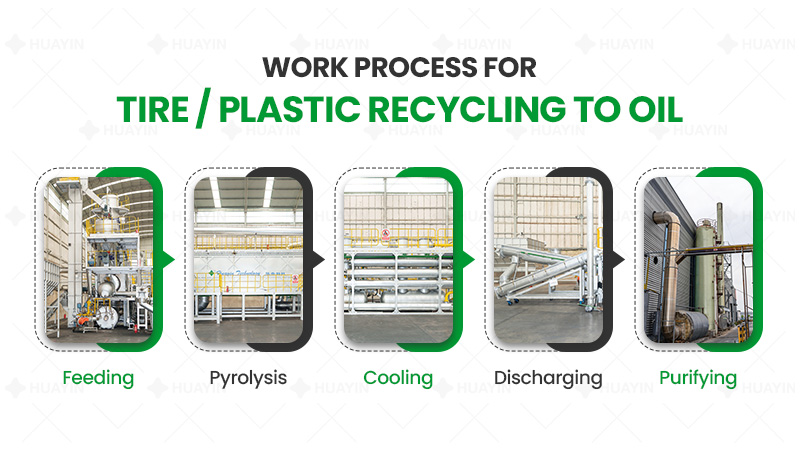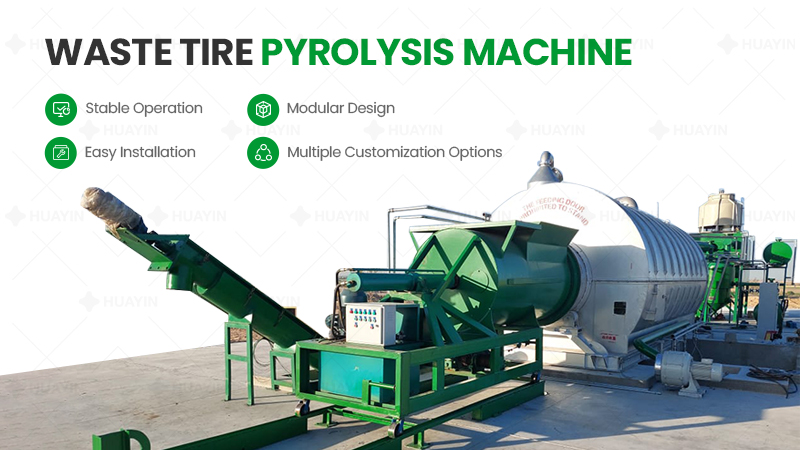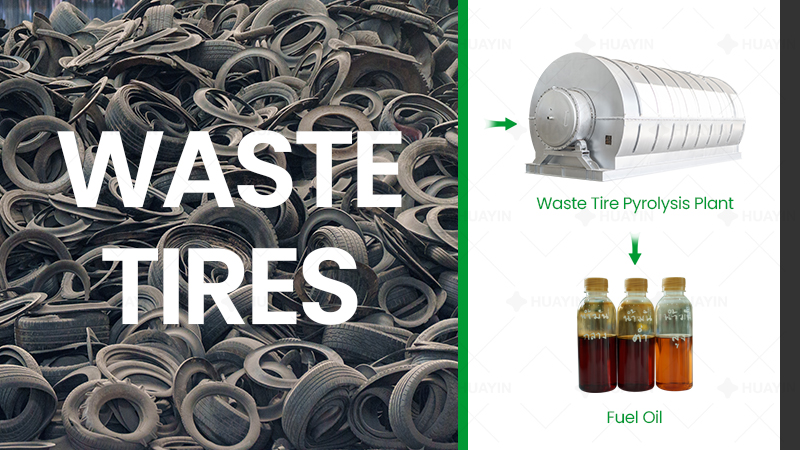While plastic technology has brought about a huge material civilization, the emergence of a large amount of plastic waste has posed severe challenges to people, but it has also given us new opportunities.
The pollution caused by plastic waste is commonly known as “white pollution”, ignoring its existence or carrying out inappropriate treatment will cause some serious dangers, such as: (1) The plastic waste in the environment is not easy to decay, and the stacking causes the increase of garbage dumps and pollution points. 2) Plastic film such as agricultural film enters the soil, it is not easy to decompose and prevent the permeability of the soil, which deteriorates the soil quality and affects the growth of crops; 3) Plastic waste has accounted for more than 60% of marine floating objects, endangering marine life and shipping.
At present, the recycling technology of plastic waste can be divided into five aspects.
1 Direct recycling and modified recycling of waste plastics This kind of utilization is the most important method for the utilization of waste plastics. Its technical investment and cost are relatively low, and it has become the main method for the utilization of renewable resources in many countries. Mature craftsmanship.
1.1 Direct recycling. This is to directly shape the recycled waste plastic products after sorting, cleaning, crushing and granulation, which also includes adding appropriate auxiliary components (such as stabilizers, anti-aging agents, colorants, etc.) for coordination, adding These additives only play a role in improving processing performance, appearance or anti-aging, and cannot improve the basic performance of recycled products.
1.2 Modified recycling. This is a technology that modifies recycled materials by mechanical blending or chemical grafting, such as toughening, strengthening, combined use, compounding, and activated particle-filled blending modification, as well as chemical modification such as cross-linking, grafting, and chlorination. . The properties of the modified recycled products, especially the mechanical properties, can be significantly improved or improved, and can be used as high-grade recycled products.

2.2 Pyrolysis refers to the pyrolysis of plastics at high temperature (greater than 500°C) under anaerobic conditions.
2.3 Hydrogenation (Hydrogenation) is carried out under the condition of high hydrogen pressure (hydrogen pressure about 30MPa) and low temperature (less than 500C). The purity of the cracked product is lower than that of the thermal cracked product, which can be directly refined in the refinery. The hydrocracking requires strict separation and pulverization in advance, and expensive equipment investment is required.
- Landfill is the worst way to deal with waste plastics, but its cost is low. Landfill is a deep burial of plastic waste, at least it does not affect the growth of surface plants.
Plastic waste has an extremely wide range of applications, especially with the increasing attention to environmental pollution and the implementation of sustainable development strategies, the recycling and utilization of waste plastics will be further expanded, resulting in huge economic and social benefit. Promote in-depth research and development of related technologies in this field.



